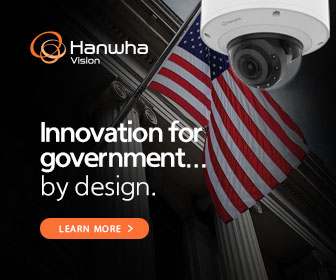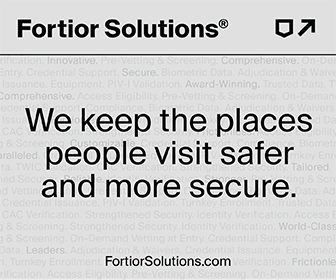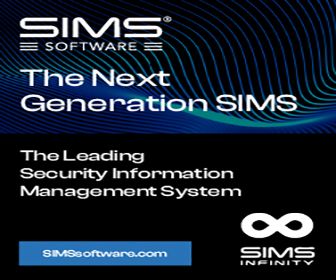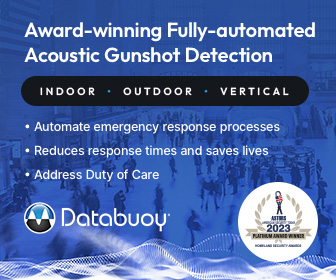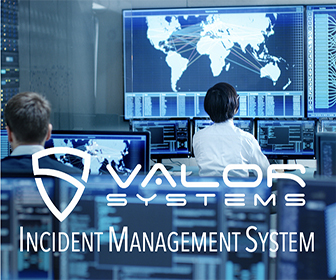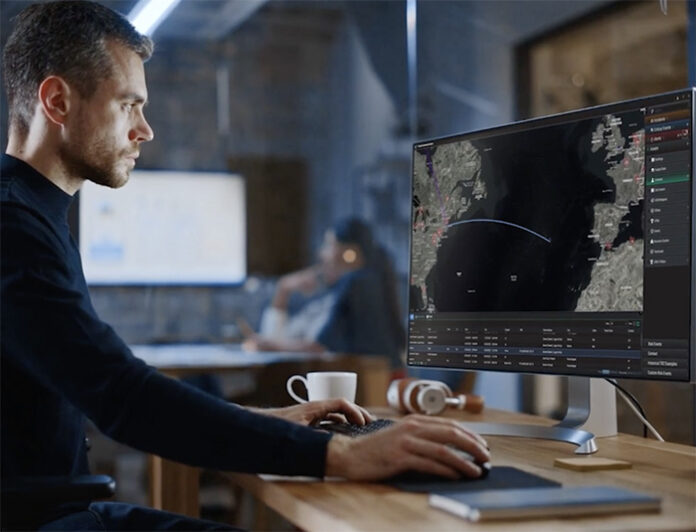
Guest Editorial by Tracy Reinhold, Everbridge Chief Security Officer
Throughout the year, cities and organizations prepare for large-scale events, ranging from sports competitions to music festivals, attracting thousands of attendees.
While these gatherings promise fun and entertainment, they also present security risks, such as crowd management issues, medical emergencies, or physical threats that cannot be underestimated.

To ensure participant safety, organizers can adopt a proactive critical event management approach that comprises comprehensive risk intelligence and situational awareness combined with the technology for event coordinators, law enforcement, and medical services to communicate during a crisis.
Develop Comprehensive Communication Plans
Effective communication lies at the core of any successful security and safety strategy.
Collaboration is the unsung hero of security and safety strategy. When organizations and cities collaborate to develop comprehensive communication plans that identify key stakeholders, it ensures functional responses across multiple divisions.
By sharing critical information and fostering collaborative communication networks among relevant agencies and organizations, authorities can proactively respond to a wide range of potential disruptions or emergencies that may arise during large-scale events.
(Learn why, for over 20 years, Everbridge has been a trusted partner to governments worldwide. From fires or floods to terrorist attacks, Everbridge has monitored potential hazards, prepared, responded to incidents, and effectively provided the right people with the right information. Be it a country-wide emergency or a neighborhood outage, communities rely on Everbridge to keep them informed and safe. Courtesy of Everbridge and YouTube.)
To fortify a comprehensive communication plan, organizations must:
Create alternative channels:
-
By establishing communication redundancies, alternative channels are always accessible for essential alerts even during failures, bolstering event safety and instilling confidence.
-
The seamless information flow among event stakeholders enables swift decision-making, minimizing unforeseen incident impact and enhancing real-time crisis management.
Provide pre-event information:
-
Communicating effectively with attendees before the event is crucial to ensure their safety and awareness during disruptions.
-
Informing attendees about how to receive communications is vital to prevent confusion during a crisis.
-
Providing guidance on where to seek information via event posters, mobile alerts, or even mainstream media helps them stay informed and prepared.
Deploying a critical event management platform enables residents, visitors, and attendees to opt-in to receive real-time alerts on their mobile phones. Stakeholders implementing these communications plans while refining them regularly ensures seamless coordination during critical situations.
(See how Everbridge empowers Fortune 500 enterprises and government organizations alike with the ability to anticipate, mitigate, respond to, and recover stronger from incidents of all kinds. In an increasingly unpredictable world, resilient organizations minimize the impact on people and operations, absorb stress, and return to productivity faster when deploying critical event management technology. Courtesy of Everbridge and YouTube.)
Define Clear Roles and Responsibilities
Most large events require a network of multiple agencies, organizations, and volunteers to manage safety and security.
To ensure the smooth and secure execution of large gatherings, it is crucial to establish a well-defined framework that clearly outlines the roles and responsibilities of all stakeholders involved.
A collaborative approach fosters transparency, accountability, and efficient decision-making, reducing the risk of confusion and enhancing overall event safety. By defining all personnel roles, organizations can:
Minimize miscommunication:
-
Defining roles for government agencies, law enforcement, event organizers, medical teams, security personnel, and volunteers ensures clear contributions, minimizing overlaps and gaps for a unified response to disruptions.
Open communication for a fast response:
-
Open dialogue among stakeholders during role definition is vital. This collaborative approach fosters engagement, commitment, and a shared dedication to event success, while clear role definitions enable swift and coordinated crisis responses that prioritize attendee well-being.
The significance of role clarity extends beyond emergencies and encompasses the entire event lifecycle, from planning to post-event analysis. This comprehensive understanding ensures a well-coordinated effort, optimizing the event’s safety and security measures.
Prepare and Practice Crisis Response Plans
Preparation and practice are paramount to effective crisis response during a mass gathering.
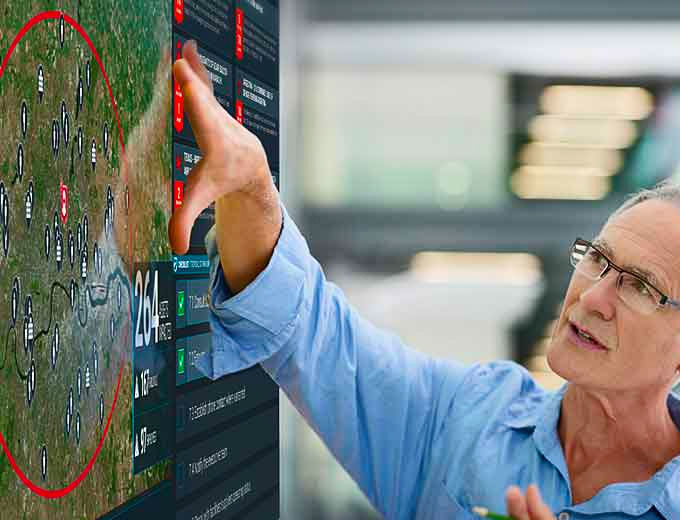
To ensure the highest level of preparedness and efficiency in responding to potential crises, it is imperative to conduct exercise drills and scenario-based simulations well in advance of the event.
These preparatory exercises serve as invaluable training opportunities for all involved.
By engaging in realistic simulations of various emergency scenarios, personnel can:
Gain firsthand experience in handling critical situations:
-
These simulations replicate real crisis challenges, enabling participants to apply training in a controlled setting. Practice builds familiarity with response procedures, ensuring confident and effective reactions during actual emergencies.
Learn where to improve:
-
Exercise drills and simulations provide an opportunity to identify potential gaps or weaknesses.
-
Organizations can implement necessary adjustments and enhancements by highlighting areas that require improvement to ensure a more robust response during the event.
-
This proactive approach maximizes readiness to handle unforeseen incidents, reducing disruptions’ impact and safeguarding attendees’ well-being.
This approach applies to high-profile events stadiums, and venues of all sizes and purposes.
The threat of potential disruptions is ever-present, necessitating a constant challenge for organizers to respond quickly and effectively to any emergency.
(See how Everbridge’s Public Warning is a unified platform for managing two-way communications with the public before, during, and after major incidents such as the global COVID-19 pandemic and other natural or man-made disasters. Courtesy of Everbridge and YouTube.)
Implement Geofencing for Targeted Communication
Geofencing technology is a valuable tool for targeted communication during events. Establishing geofencing is a strategic and technologically advanced approach that empowers event organizers to target their communication efforts during large gatherings precisely.
Geofences are virtual boundaries created using GPS or RFID technology, defining the event’s specific area.
By leveraging this technology, organizers can tailor their notifications and alerts exclusively to attendees within the designated event zone, ensuring that essential information reaches the right people at the right time.
Geofencing allows organizations to:
Keep notifications relevant:
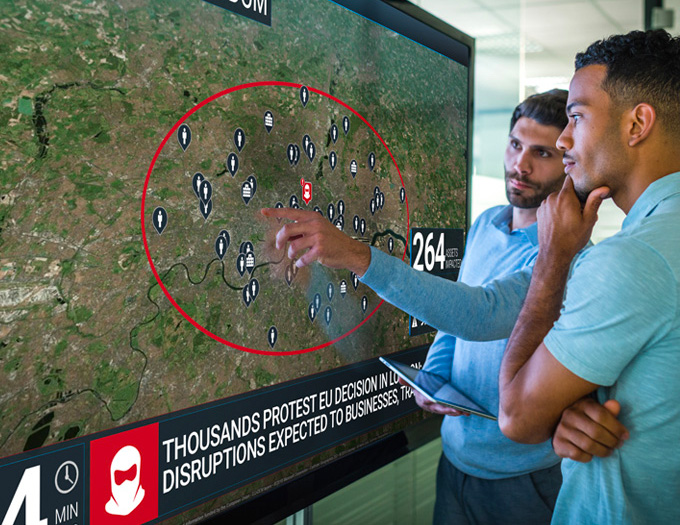
-
This approach minimizes disruptions for those outside the event area, ensuring relevant and timely communication for active participants.
-
It enables prompt delivery of critical updates and real-time information, facilitating efficient communication during dynamic situations such as schedule changes, safety alerts, or emergency procedures.
-
Geofencing ensures timely and accurate information delivery to the right recipients.
Control event movement:
-
Geofencing is also vital in managing crowd flow and ensuring the event’s overall security.
-
By demarcating the event’s boundaries, organizers can monitor and analyze attendee movements, helping them identify potential congestion points or areas that require additional attention.
-
This data-driven approach enables proactive decision-making to prevent bottlenecks and maintain a smooth and controlled event experience.
By ensuring messages reach the right people at the right time, organizers can enhance an event’s overall safety and security.
Analyze and Learn from Past Events
Post-event analysis plays a pivotal role in improving and enhancing safety and security measures during large events. It is an indispensable step that allows event organizers and cities to gain valuable insights from past incidents, identify areas of strength and weakness, and refine their strategies for future mass gatherings.
Reviewing the security measures implemented during the event allows organizers to assess their effectiveness and identify potential gaps.
By analyzing the outcome of these measures, they can make informed decisions on which practices should be retained, modified, or further strengthened to better address security concerns.
This proactive approach ensures that each subsequent gathering benefits from the lessons learned, continuously evolving toward an optimal security framework.
Evaluating response times and incident time-to-resolution data also explains how efficiently and effectively emergencies were managed.
It helps organizers gauge the speed and effectiveness of their response teams, identifying any delays they could address to improve overall incident management in the future.
By identifying patterns or trends in past incidents, cities, and organizations can create targeted plans that address specific risks and vulnerabilities unique to each event. This data-centric approach maximizes the impact of safety and security efforts, ensuring a more tailored and effective response to potential disruptions or emergencies.
Safeguard the Future
By prioritizing and practicing comprehensive communication planning, cities, and organizations can ensure the safety and security of attendees at large gatherings.
Through a holistic and well-coordinated approach, municipalities and organizations can host memorable events that underscore safety for everyone involved.
About the Author

Tracy Reinhold is the Chief Security Officer at Everbridge, a global leader in critical event management and enterprise safety software applications, and the Platinum Award Winner for Best Critical Event Management Solution in the 2023 ‘ASTORS’ Homeland Security Awards Program.
Tracy drives the company’s enterprise-level security strategy and optimizes organizational approaches to managing critical events.
With a distinguished career, he served as Chief Security Officer at Fannie Mae, leading enterprise resilience strategy and ensuring safety for employees and assets.
Tracy’s experience includes being Vice President of Global Investigations at Walmart, and a twenty-two-year tenure as a Special Agent with the FBI, where he held key leadership roles.
A renowned industry speaker, Tracy shares insights on organizational resilience and the evolving role of the CSO. His expertise continues to shape the landscape of security and critical event management.
 Everbridge empowers enterprises and government organizations to anticipate, mitigate, respond to, and recover stronger from critical events.
Everbridge empowers enterprises and government organizations to anticipate, mitigate, respond to, and recover stronger from critical events.
In today’s unpredictable world, resilient organizations minimize impact on people and operations, absorb stress, and return to productivity faster when deploying critical event management (CEM) technology.
Everbridge digitizes organizational resilience by combining intelligent automation with the industry’s most comprehensive risk data to Keep People Safe and Organizations Running™.
For more information, visit https://www.everbridge.com/
Everbridge Takes Platinum in Fifth Consecutive ‘ASTORS’ Homeland Security Awards Program
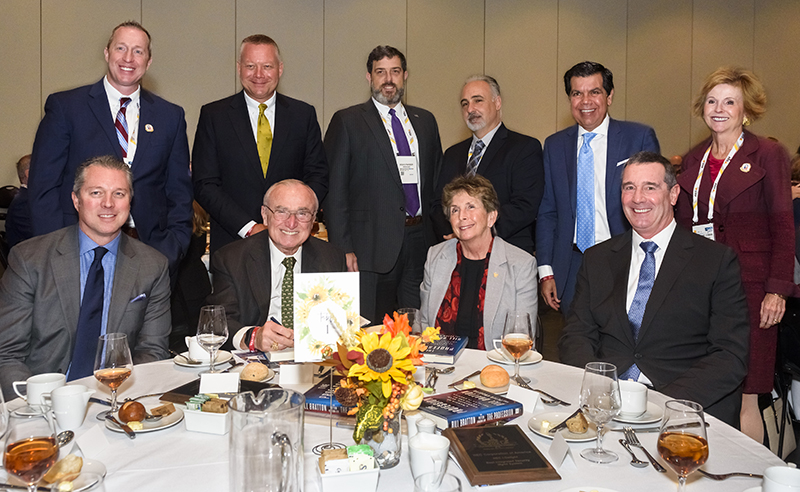
American Security Today’s Annual ‘ASTORS’ Awards is the preeminent U.S. Homeland Security Awards Program, and now entering it’s Eighth Year, continues to recognize industry leaders of Physical and Border Security, Cybersecurity, Emergency Preparedness – Management and Response, Law Enforcement, First Responders, as well as federal, state and municipal government agencies in the acknowledgment of their outstanding efforts to Keep our Nation Secure.
Everbridge
Best Critical Event Management Solution
-
Business Operations and People Resilience Solutions
-
Everbridge Business Operations and People Resilience is a risk monitoring solution that integrates threat intelligence technology and resources around all-hazards information collection and analysis, enhancing the organization’s ability to monitor, analyze, and respond to threats.
-
Combining thousands of the most trustworthy data sources with an experienced team of analysts at our Risk Intelligence Monitoring Center (RIMC), Everbridge Business Operation’s targeted real-time alerting streamlines the ability to monitor and analyze worldwide incidents and events, dramatically increasing the ability to respond to risks that threaten your people, organization, and supply chain.
(Learn how Everbridge Business Operations helps businesses prepare for and respond to critical events, protecting facilities and business operations. Built on Everbridge’s industry-leading critical event management (CEM) platform, businesses can detect potential risks that might impact business operations and orchestrate a response across teams and digital/physical systems in seconds. Courtesy of Everbridge and YouTube.)
-
Its hyper-local profiling capabilities enable businesses to get details on even small-scale events while filtering out the noise that might otherwise obscure them.
-
Its proven analytical process combines automation, machine learning, and analysts to quickly generate relevant risk intelligence with a high degree of confidence and minimal duplication.
-
Everbridge helps ensure organizational duty-of-care wherever your employees live, work, and travel with scalable capabilities to suit hundreds of thousands of assets and millions of contacts, in this comprehensive and configurable risk management solution that enables organizations to proactively monitor and analyze domestic or worldwide incidents and events, dramatically increasing the ability to respond to risks that threaten people, organizations and overall security.
-
*Everbridge was also recognized as a Platinum ‘ASTORS’ Award Champion Winner in 2021, 2019, 2018, and 2017 Awards Programs.














